RSS: Fascism and Racism Under India’s Sky
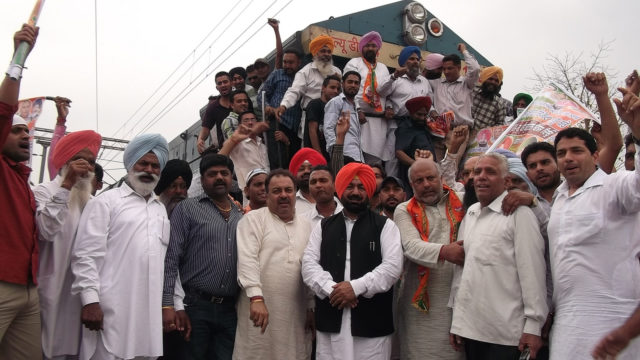
One should not dismiss the odious statements from the Rashtriya Swayamsevak Sangh (RSS) and its Sangh Parivar, and say that they are spewing venom. One should not dismiss Uttar Pradesh Chief Minister Yogi Adityanath’s remark, at a rally, that Hindu and Muslim cultures cannot coexist, and the calls of another speaker at the same rally for Muslim women to be dug from their graves and raped. Nor should one dismiss the threat that was issued to the poet Huchangi Prasad, which stated that the poet’s fingers would be chopped if he ever wrote emancipatory poems against the caste system. If today the RSS demonizes Muslims, Dalits, leftists, liberated women, and sexual or linguistic minorities, their remarks cannot be seen as an aberration. I believe that they form part of the RSS knowledge system, the network of logos that they create and circulate.
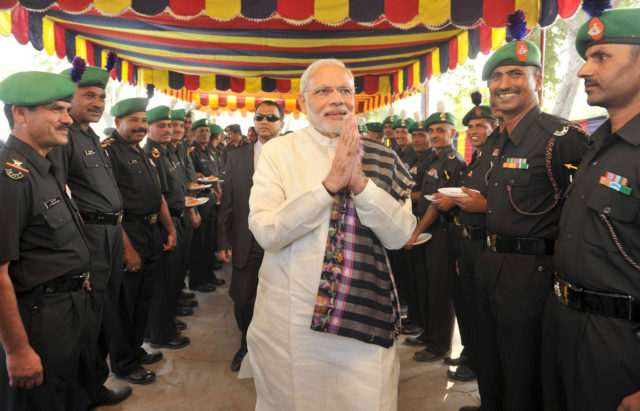
What makes the RSS so lethal, so bloody and so well organized? It is not just that the RSS has men and money. Others too have them. It is not just that the RSS alone has printing presses. Others too have them, and better ones. Yet none of them can take the RSS head on and reduce them to insignificance. One must go a bit deeper into the issue that is responsible for their political prominence. By that I mean, one should, like an archivist, lay bare the theoretical foundations that the Hindutva, the Indian Right, stands on.
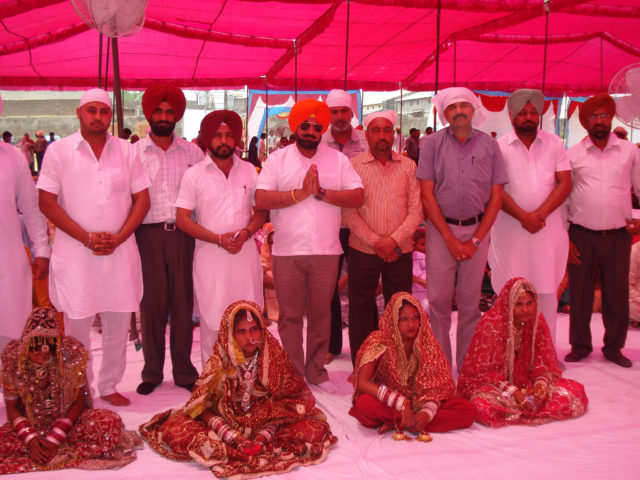
It may not be well known, but archival evidence unearthed by Marzia Casolari reveals that the RSS was interested in Italian fascism not just in an abstract way. The connections go deeper than suspected. A certain Maharastrian named B. S. Moonje visited Italy from March 15 to 24, 1931. Mussolini was in power, and Moonje was lucky enough to meet his hero. When Moonje came back, he wrote in his diary that he was “charmed to see young men and women in the naval and military uniforms undergoing simple exercises of physical training and forms of drill.” Later, he influenced K. B. Hedgewar, the man who would go on to found RSS.

Evidence also points out that from March 1938, the Italian consulate in Bombay started language courses whose aim was to indoctrinate young people. Soon young men started to translate works that promoted quite openly fascist ideology. If one would study even the extracts of speeches and writings of people like Moonje, Hedgewar and Savarkar, or the speeches of Modi, Aditya Nath and others, I am compelled to say that one would find a certain thematic and structural unity. Their written words, or the verbal traces that they have left behind, abound with sentiments that seek to realize that old Hobbesian dictum of war of all against all. Things get even clearer when we read A. G. Noorani’s Savarkar and Hindutva. An Intelligence Bureau’s Note on the RSS, dated May 18, 1942, says: “Its [RSS] real purpose is the attainment of Hindustan for Hindus; to this end it seeks to unify the Hindus, imbue them with a martial spirit, impart military training, build up physique and character and establish a strong and disciplined Hindu militia. It aims at achieving ultimately an India free from both foreign and Muslim domination.” (p.90)
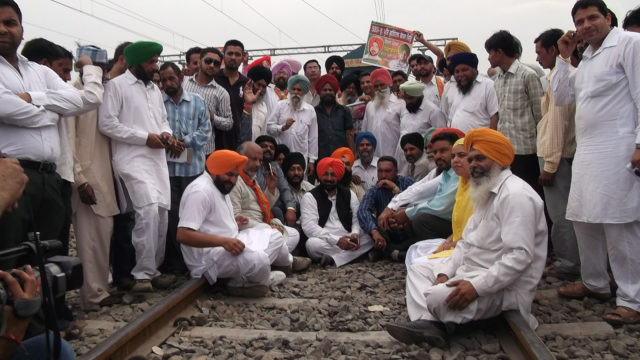
Savarkar himself was to write, “for though Hindustan to them (meaning Muslims, Christian and others) is pitribhumi ( fatherland) as to any other Hindu yet it is not to them a punyabhumi (Holy land). Their holy land is far off in Arabia or Palestine. Their mythology and Godmen, ideas and heroes are not children of this soil. Consequently their names and their outlook smack of foreign origin.” (p. 69) This means several things. Firstly, that you can belong to this nation only when you belong to the same group, tribe, or clan that RSS people belong to. This means that you’ve got to be a male, you should belong to the upper caste, and yes, you’ve got to have either land or capital. This makes you an ideal claimant to seats of power and social prestige. It is this sort of idea that makes the RSS truly a racist group. If you are not a fair-skinned Aryan descendant of people with supposed noble blood and virtues, your whole life is a mistake. You are the living error of your age and time. On the gates of history, you will always find the same words inscribed: No Entry. Secondly, if you wish to share the spoils of day-to-day expropriation, you must, in the words of Savarkar, be bound by “the common blood that courses through our veins and keeps our hearts throbbing.” As you can see, by a strange magical concatenation it is blood that is the mark of commonality. Decency and talent have little or no place in it. Such being the case, one should not be surprised that the RSS believes neither in democracy nor in a multi-plural society. In 2017, a newspaper reported that the RSS had started to create what they call uttam santati, a perfect light-skinned baby.
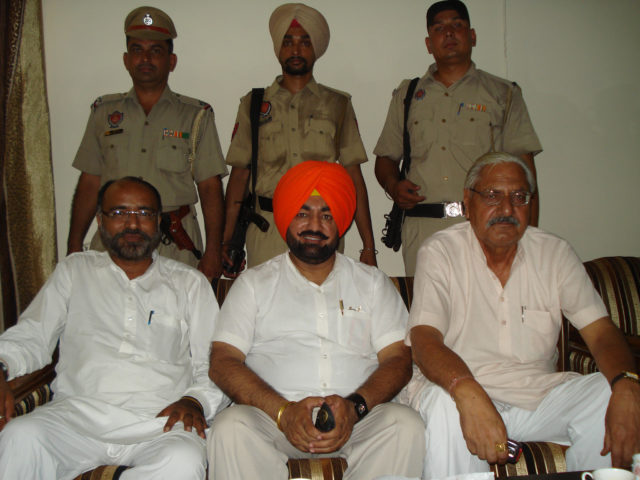
In an essay, the postcolonial theoretician Robert J. C. Young dates the emergence of a racial ideal in Europe by mid-19th century. According to him, this was when the notion of blood consciousness emerged and took hold of people’s sensibilities. The era saw the emergence of the notion of pangenesis: the idea that each part of the body contributes a small fraction to the production of sperms. This was, as Foucault wrote in his History of Sexuality, Vol. 1, a way or technique for the “nobility for marking and maintaining its caste distinction.” And something we all have learned from Engels and Levi-Strauss is that marriage entails division or transfer of property. A strict prohibition of marriage outside the blood clan avoids this problem. In 2018, the reemergence of the anti African immigration and neofascist European Far-Right in Italy, Austria, Holland, France, and Germany is also fueled by the notion of race purity.
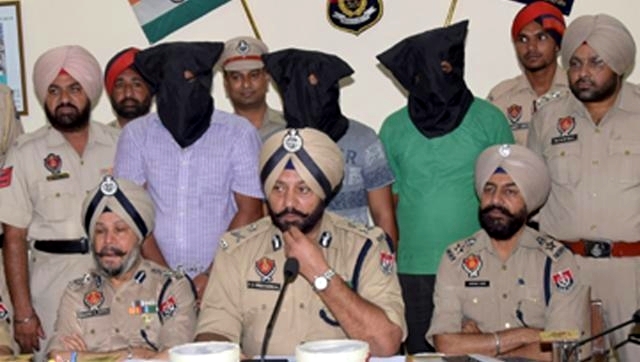
The developments that emerged from faulty statistical biology did not remain in isolation for long. Notions of race purity, group superiority and the idea that race is blood, also found their cheerleaders in other disciplines. Probably the first work of this sort, a work that championed the rule of Ubermensch (Supermen), came from the pen and mouth of the philosopher Nietzsche. Inspired as he was by Plato, Manu, and Carlyle’s idea of a heroarchy, or government of heroes, on January 16, 1872, Nietzsche delivered a series of lectures entitled, “On the Future of our Educational Institutions.” It was his first work. In it he outlines a series of proposals to help the German race create a class of superior men to rule the whole race. It is of course the aristocracy, the landed gentry, who would enjoy the fruits of such learning. Mean-spirited people like Moonje, Savarkar and others saw in this a fair chance to impose an ideology that would promote their claims to state power. They were clamoring for ideas. And they found them. Such supposed scientific ideas did not merely, as Foucault was to write in his Abnormal (1976), impose “an internal racism that permits the screening of every individual within a given society” but more than that, they used this screen to exclude the already marginalized.

Demonization is just the tip of the iceberg. The Sangh is the instrument through which a certain kind of upper-class racism is being imposed on the whole of India. They hate our day-to-day intermingling. They dislike the idea of Muslims living side by side with Hindus or Christians. They detest it. The theoretical justifications on which the RSS is based run counter to the very idea of India. India is not based on any monist idea of one god, one language, one religion, or one culinary tabula rasa. These are things that the RSS, like ISIS, does not understand.
Editor’s Notes: Imtiaz Akhtar is the author of Kafka Sutra.
Related Articles













You must be logged in to post a comment Login